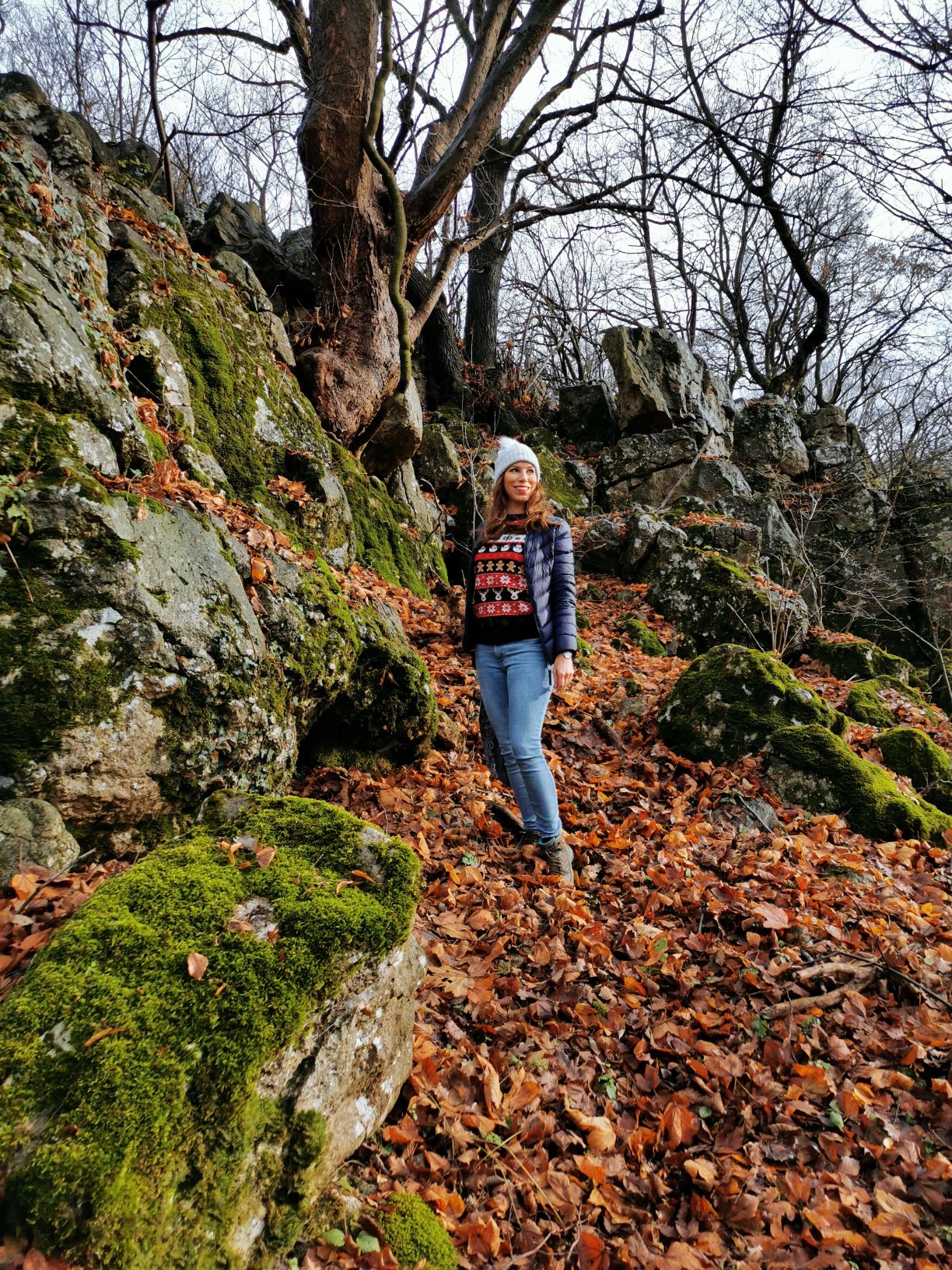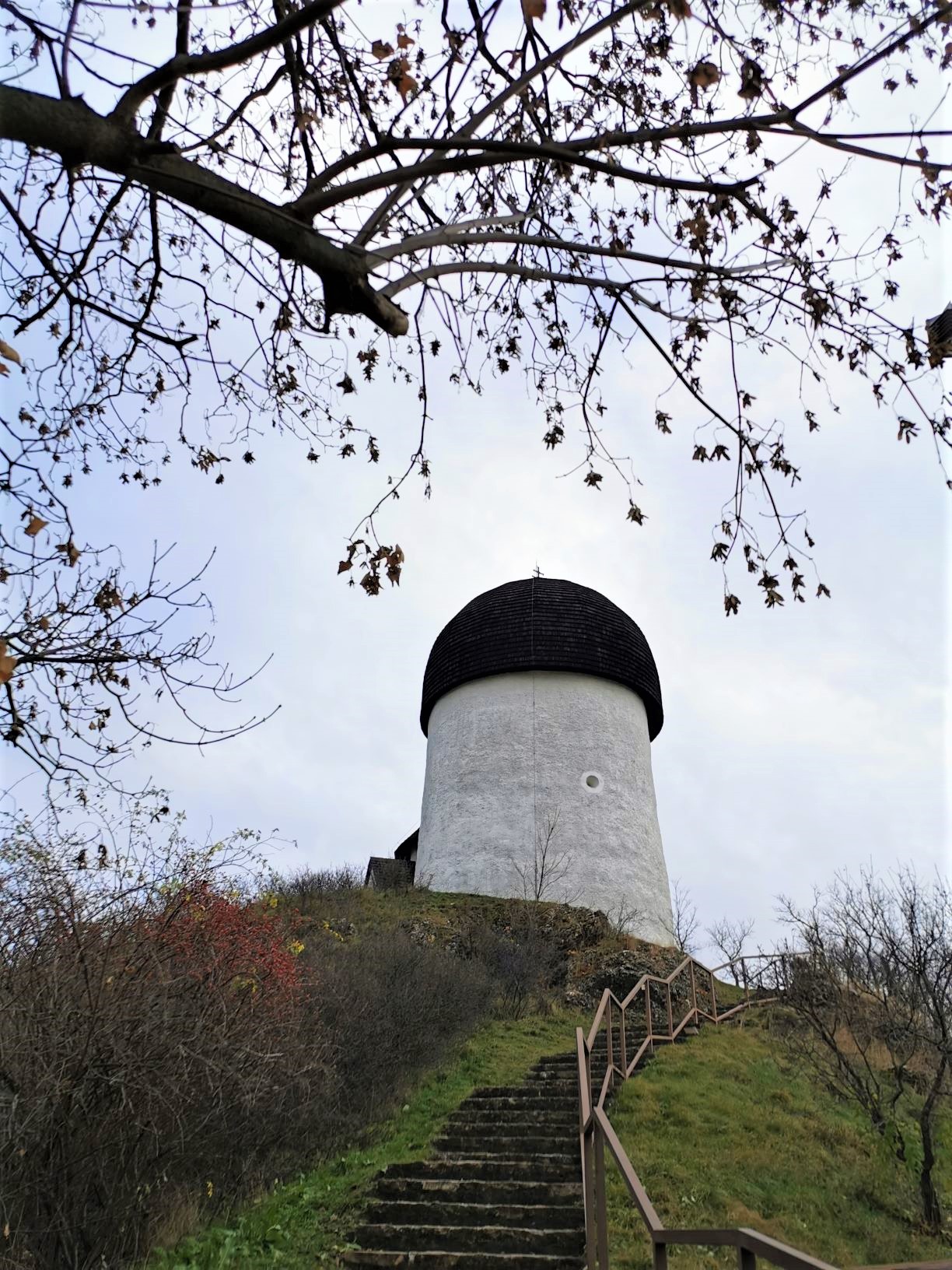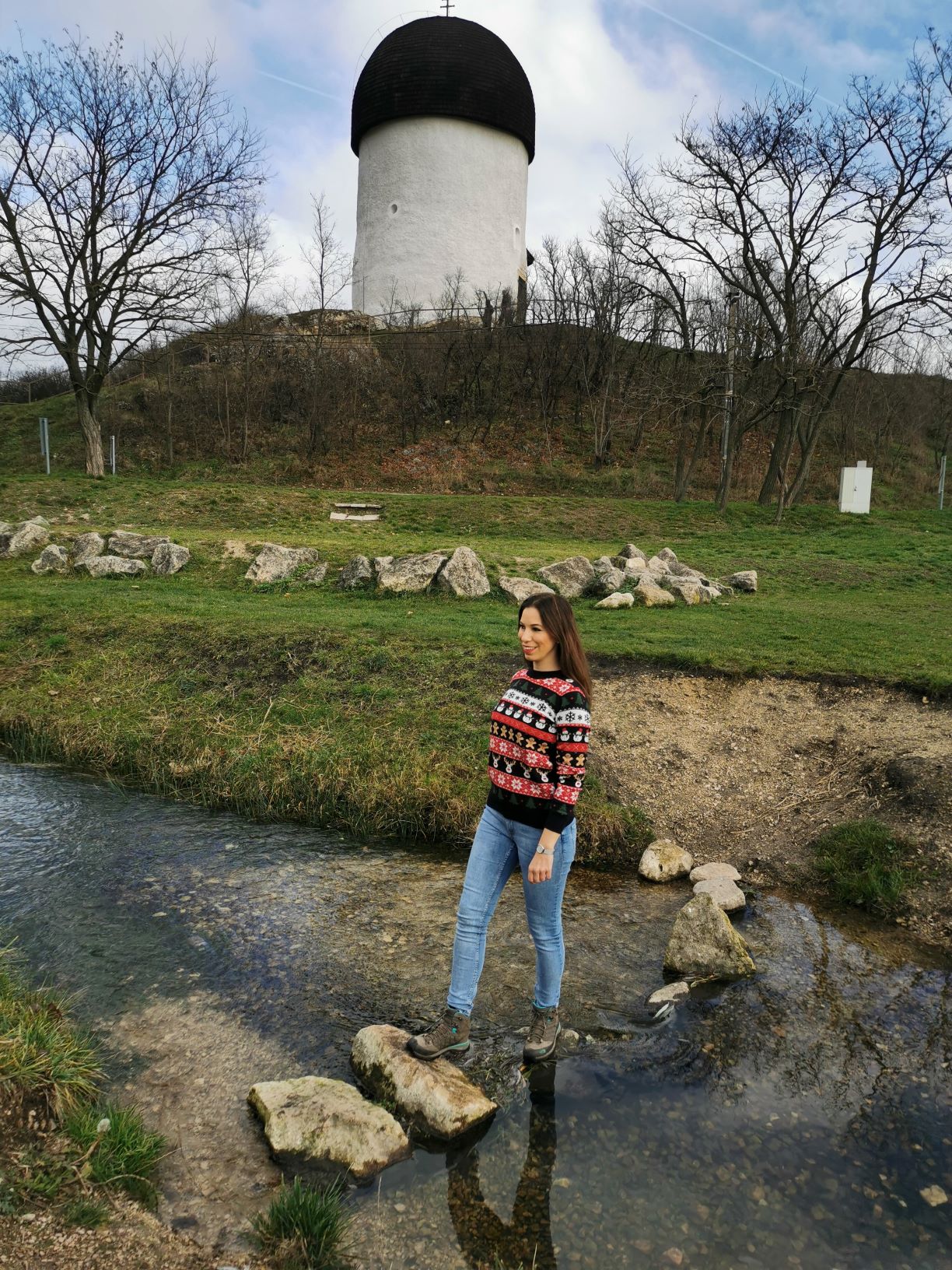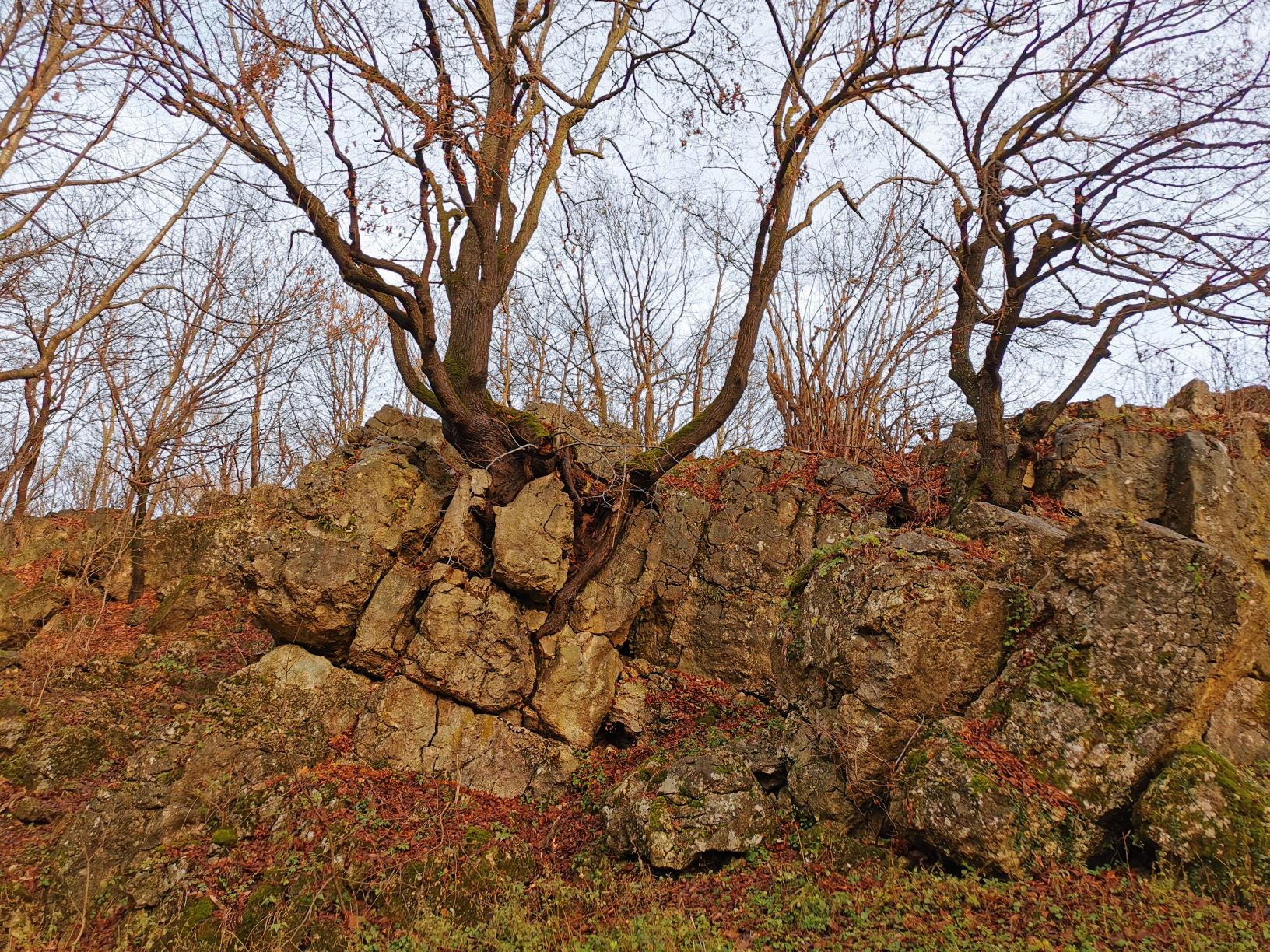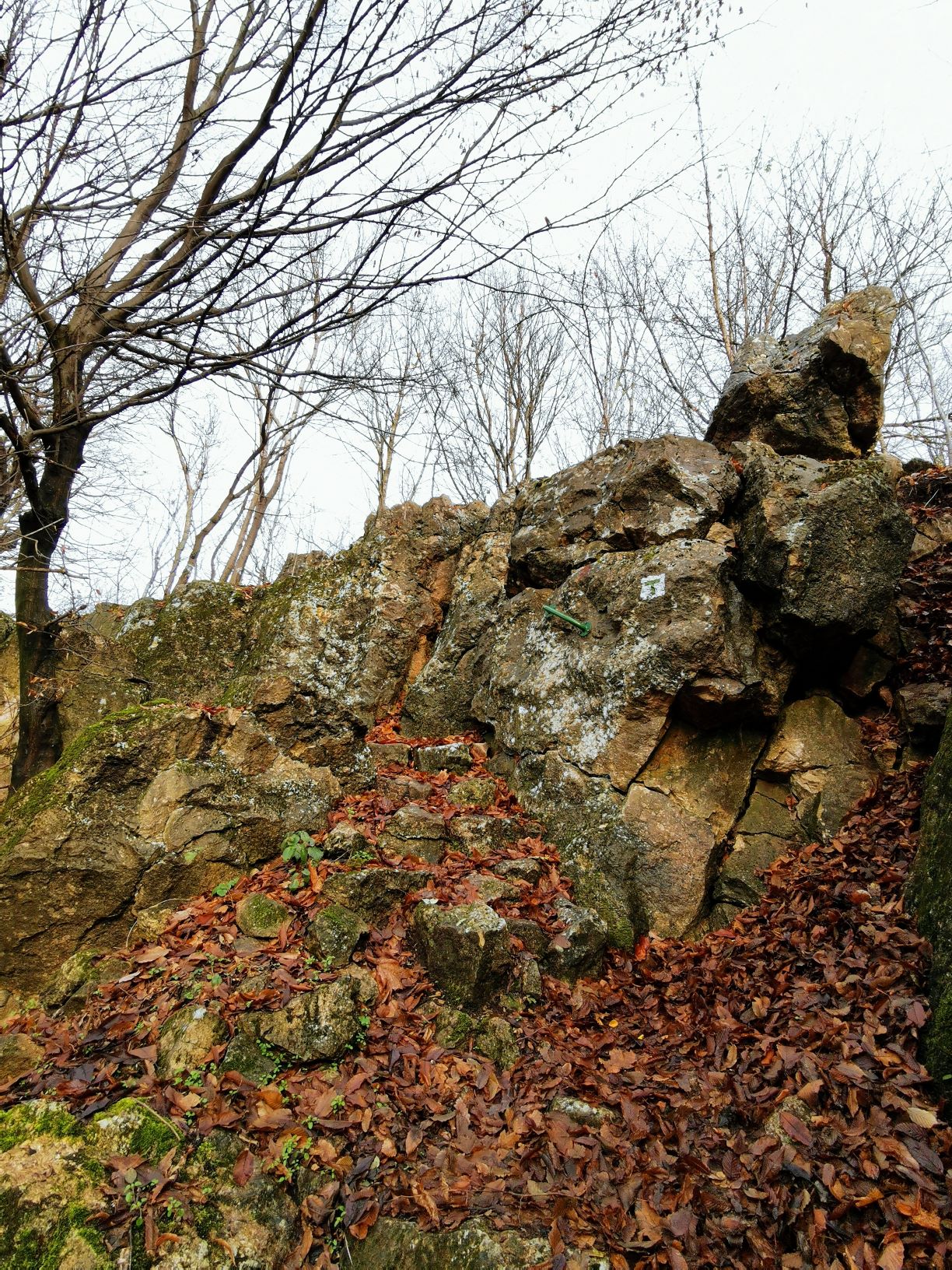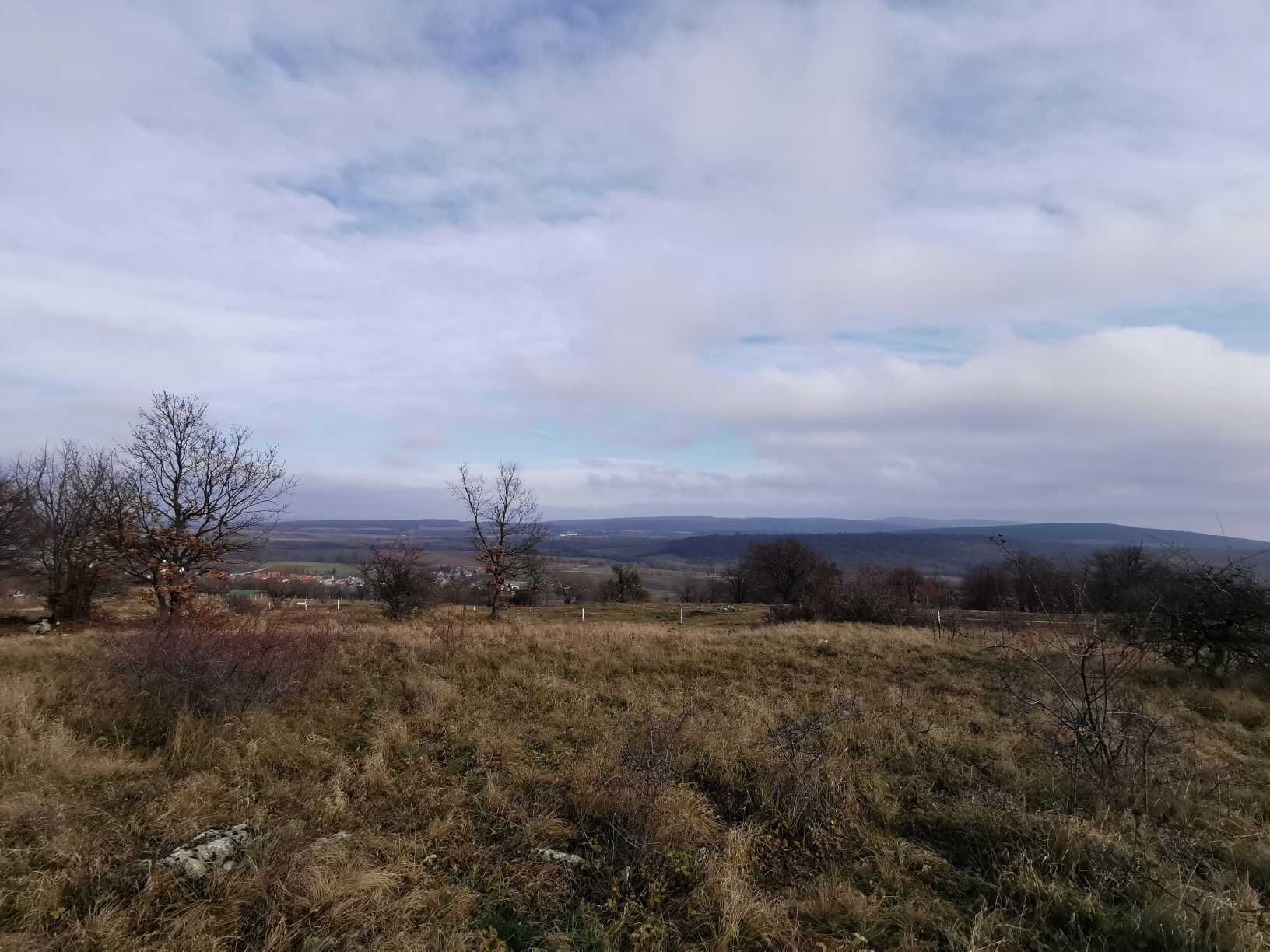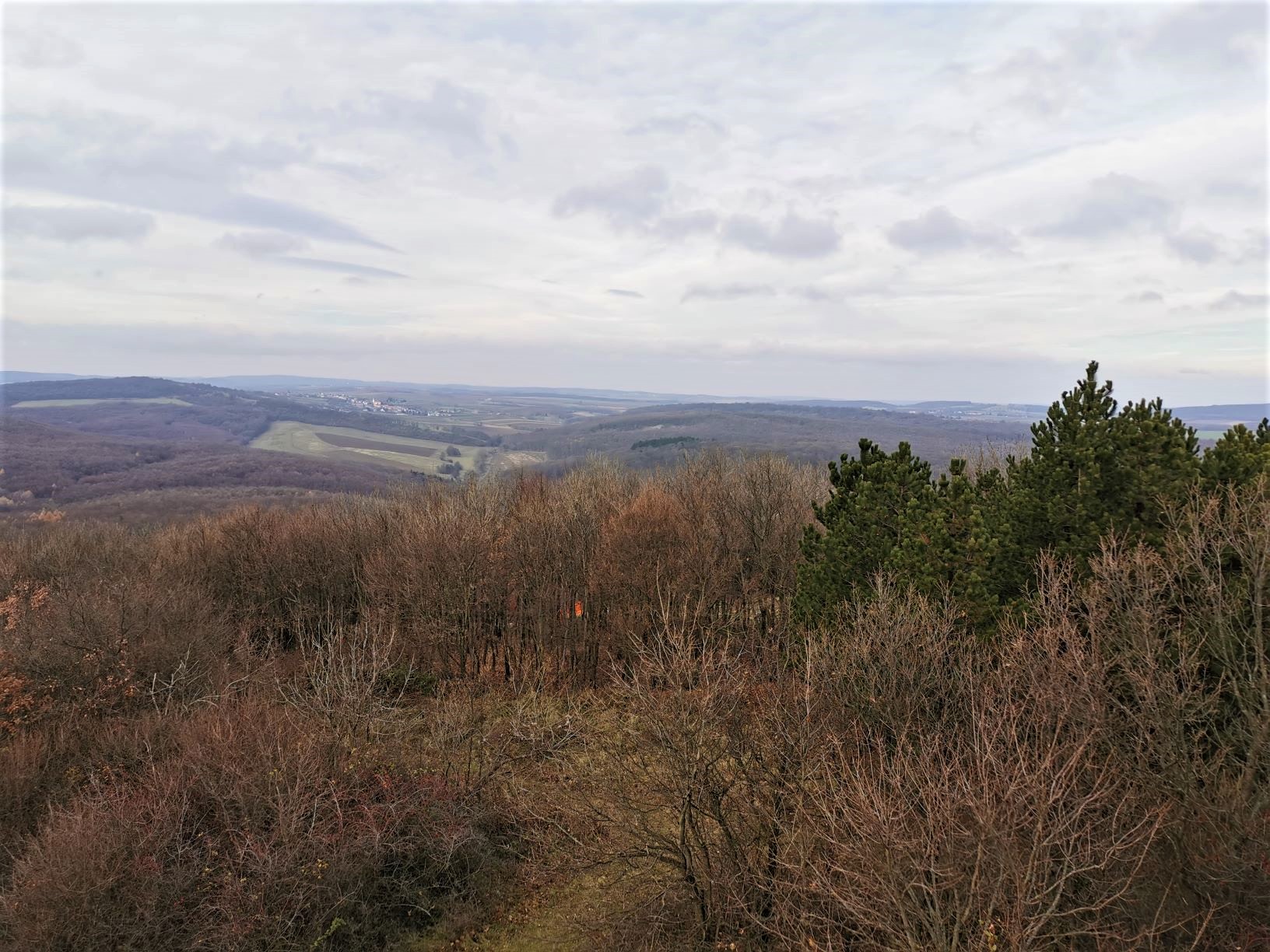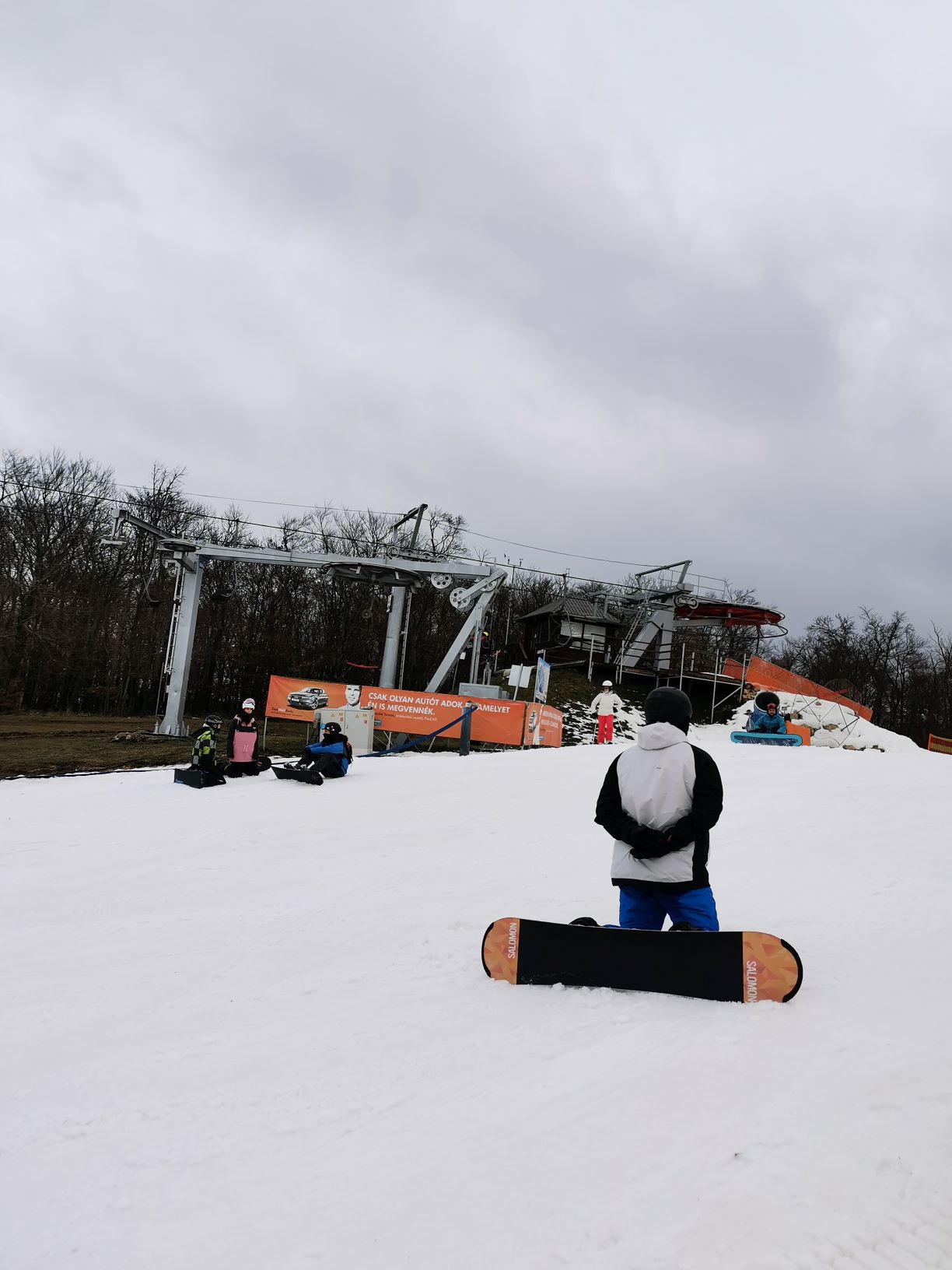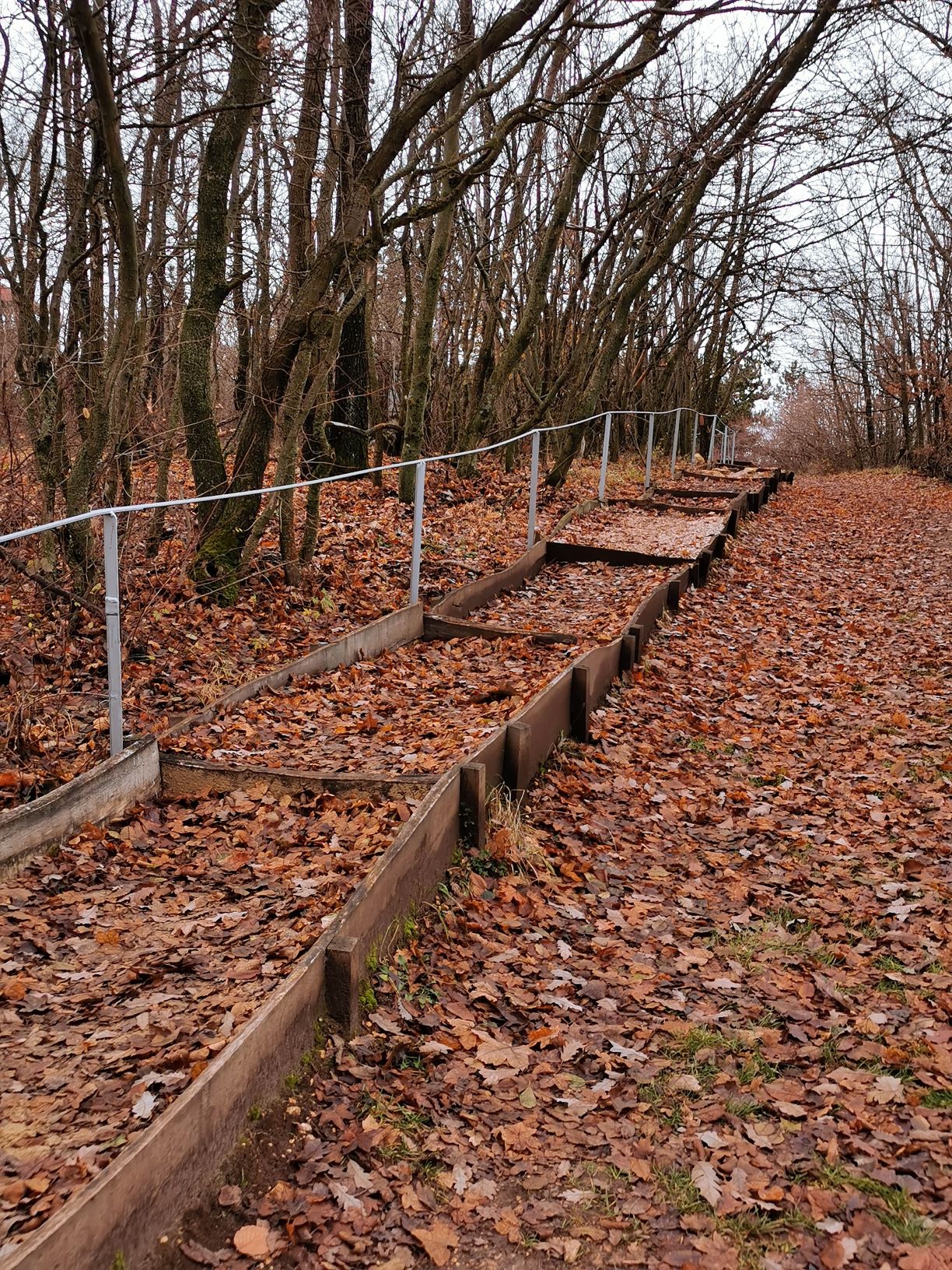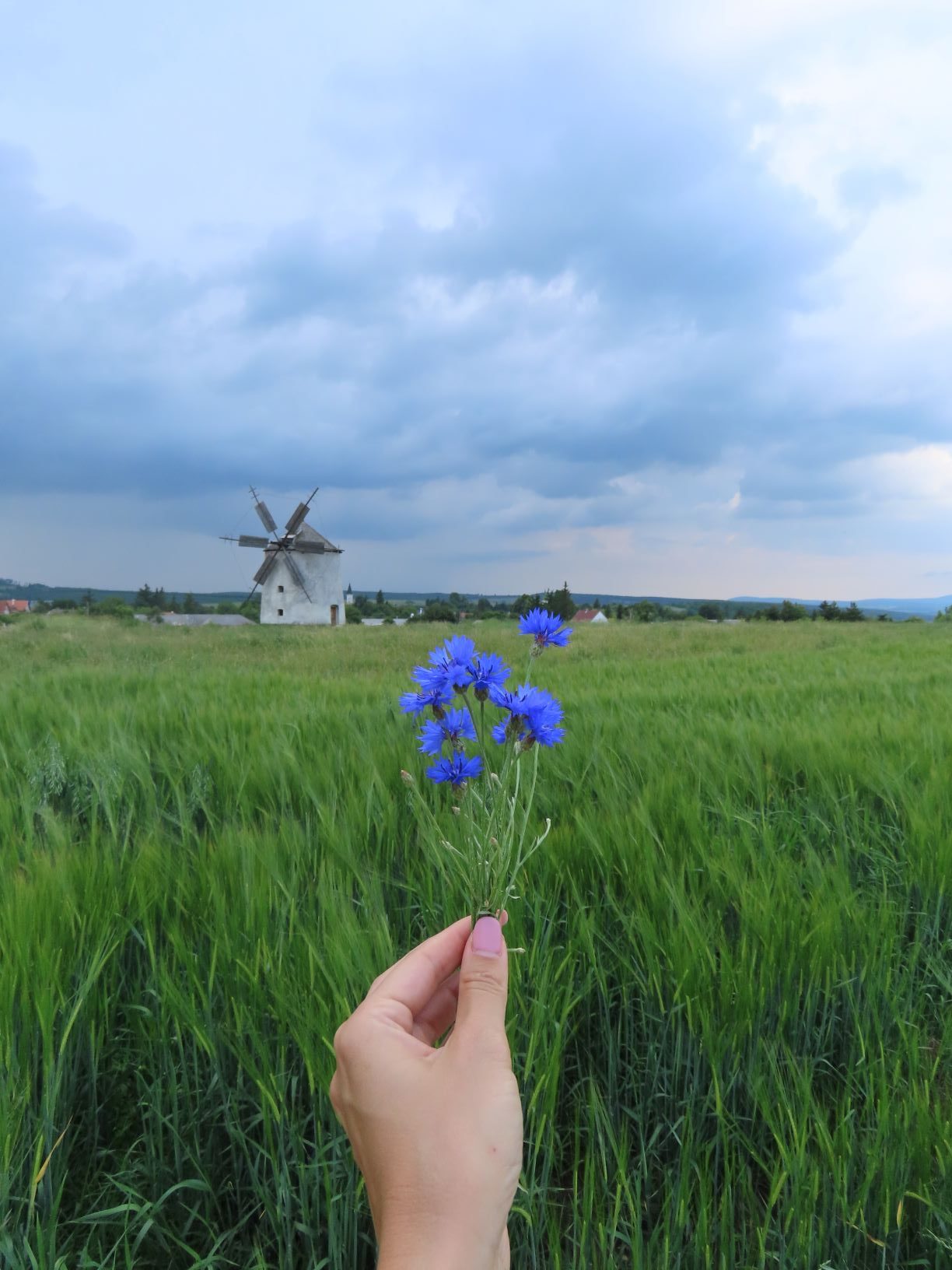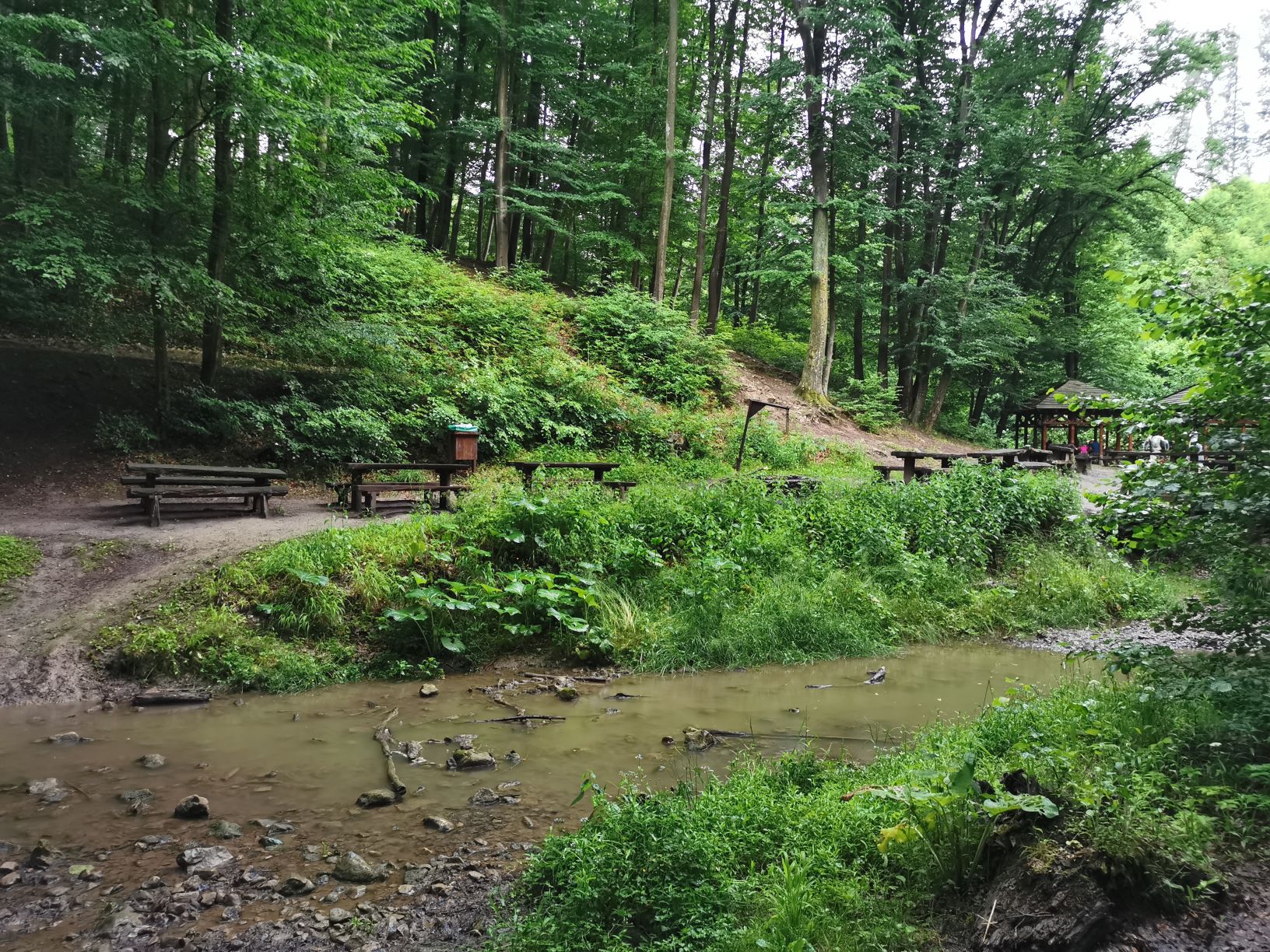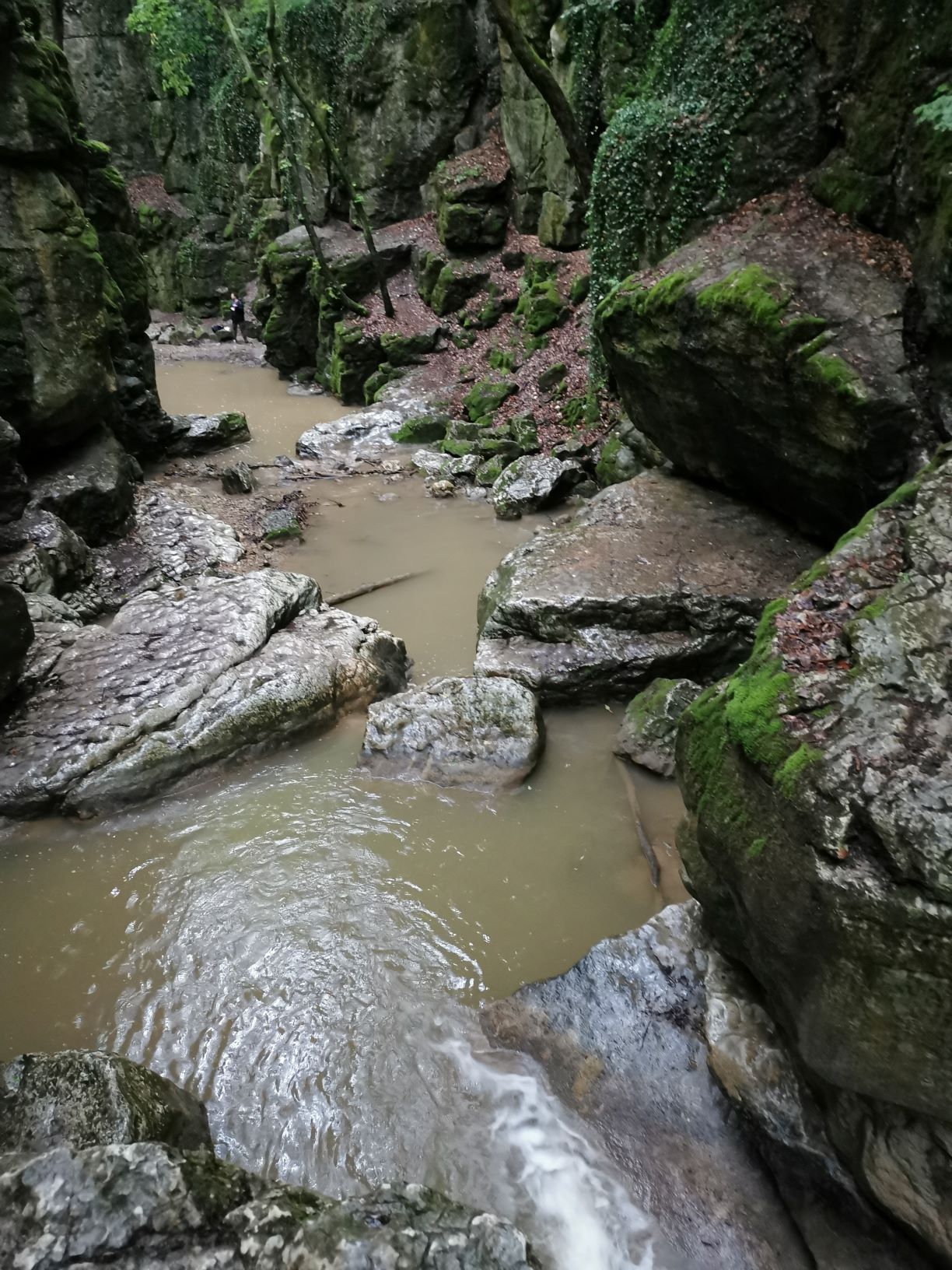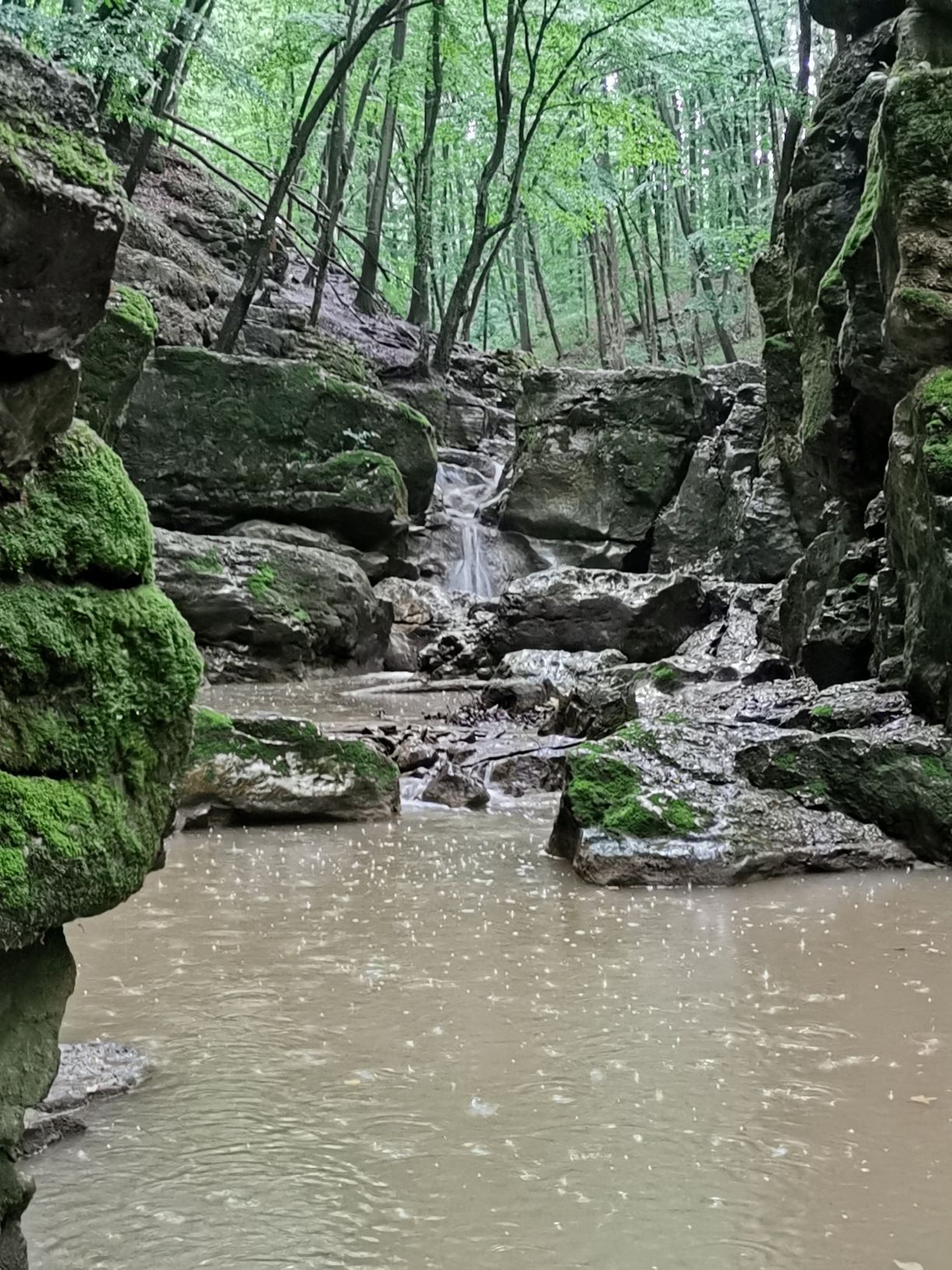Eplény’s name may sound familiar to many, as it is one of the most popular ski resorts in the country. However, it is not the winter sports capital of Bakony that is at the heart of my blog post. I rather brought you five special places worth exploring in winter. The best thing about these places that all of them are easily accessible by children. Furthermore, you can combine them with each other and enjoy crowd-free excursions in the vicinity of Eplény in Bakony Mountains.
Öskü round church
The rotunda of Öskü, better known as the round church, is one of the most valuable medieval monuments of Veszprém County. For a long time, it was thought to be a Turkish mosque because of its mushroom-like shape. Although many locals still refer to it this way, it’s not a mosque. During the excavations in 1975, it was proved that the foundations of the building were built in the 11th to 12th centuries and it was a church.
A bejegyzés megtekintése az Instagramon
According to the records of Anonymus, the village was inhabited even before the Hungarian Conquest. At the time, the place was called Ősbő, from which Ős refers in the old Hungarian language to a personal name. In the 15th century “kő” was given as a second syllable, which, like many other settlements in Hungary (Boldogkő, Bátorkő, Szarvaskő, etc.), refers to a castle placed on a rock.
In Öskü there is no longer a castle as it was destroyed by the Turks, but the rotunda still tells vividly about the life of our ancestors. The interior of the round church can only be visited by appointment and is now closed due to pandemic restrictions. But the church from the outside offers an unforgettable sight and too and can be a colorful addition to your excursions.
Olaszfalu, the rock capital of Bakony
Eperjes Mountain in Olaszfalu is part of the Transdanubian Mountains, including the Old Bakony. Its peculiarity lies in the fact that in a relatively small area you can study the movements of three major geological times. The Triassic (210 million years), the Jurassic (150 million years) and the Cretaceous (100 million years) periods. The nature trail, which was opened in 2002 and contains 17 stops, starts along highway 82 from the stop sign next to the stone cross. But you can also start the tour within the village of Olaszfalu.
The 4.5 km long Eperjes natural trail can be easily explored by children. By walking a few hundred meters you walk back in the time of million years. Between the huge rocks, I felt as if I was in Angkor Wat. Believe me, this place is magical. If you carefully examine the rocks you can even find an imprint of a 113-million-year-old sea lily and seashells. At the end of the road, after the geological adventures, you can even have a nice view of the Eastern Bakony Mountains.
Ámos Hill lookout, Eplény
The 525-meter Amos Mountain is home to a lookout tower next to the ski center. The tower can be visited free of charge at any time of the year and was opened in 2003. A 3.6 km round trip from the center of the village will take you to the lookout point. Passing the beautiful forests, the trail ends next to the ski slope. Beyond the fence, you can admire the skiers and snowboarders but then head for the wooden Amos Mountain Lookout Tower. From the top, you can have a wonderful panorama over the fairytale silhouette of High Bakony. In clear weather, you can even see the Lake Balaton from here.
If you’re really into it, you can have a foot experience next to the lookout too. A barefoot nature trail leads to the tower, where gravel, perched sand, trunks and other natural materials massage your feet while walking. The saying goes, if you wash your face with fresh snow, you will be smarter. Whether this is true for the feet I don’t know. But barefoot adventures have definitely many beneficial effects.
Tés windmills
On the outskirts of Tés you can find a pinch of the Netherlands in Hungary. Windmills, which are also a rarity in Transdanubia, can be accessed from the main street of Tés via the blacksmith’s yard (Táncsics utca 20). The history of folk and industrial mills dates back to the beginning of the 19th century. In 1840 János Pircher built the windmill based on a Dutch pattern. In its heyday, the mill was capable of milling 400 kg of grain per day and is still in working order to this day.
Upon arrival at the three-story building, you will receive a nice iron key. You can open the bigger mill and can have a tour inside. 200 meters far from the first mill you will find another one, which was built in 1924. It has the same structure as its big brother, with the difference that while the first mill has two, this has only one pair of millstones.
The smaller mill is closed to visitors. However, there can be no complaints about the Dutch miracle in the middle of the hayfield. On the way back, it is also worth looking at the heritage of Ferenc Cseszi. It commemorates the craftsmen in its original state.
A bejegyzés megtekintése az Instagramon
Roman Bath, Bakonynána
One of the most beautiful hiking places in Bakony can be found near Bakonynána, along the Gaja stream. The place wedged in the gorge valley is said to have been used as a bath even in Roman times, but due to the information board at the venue, it’s not true. In fact, the Roman Bath (Római-fürdő) and Waterfall do not cover a single rapid, but several small rapids that end in a quiet pool.
Although I was here in the summer in the pouring rain, I really loved the place. As I started the National Blue Trail this year and one of the stops of the 1160 km section is Bakonynana, I will come back here. Next to the bath, you can find a cave too. According to the saga, the once infamous outlaw of Bakony has found refuge from the gendarmes who pursued him.



